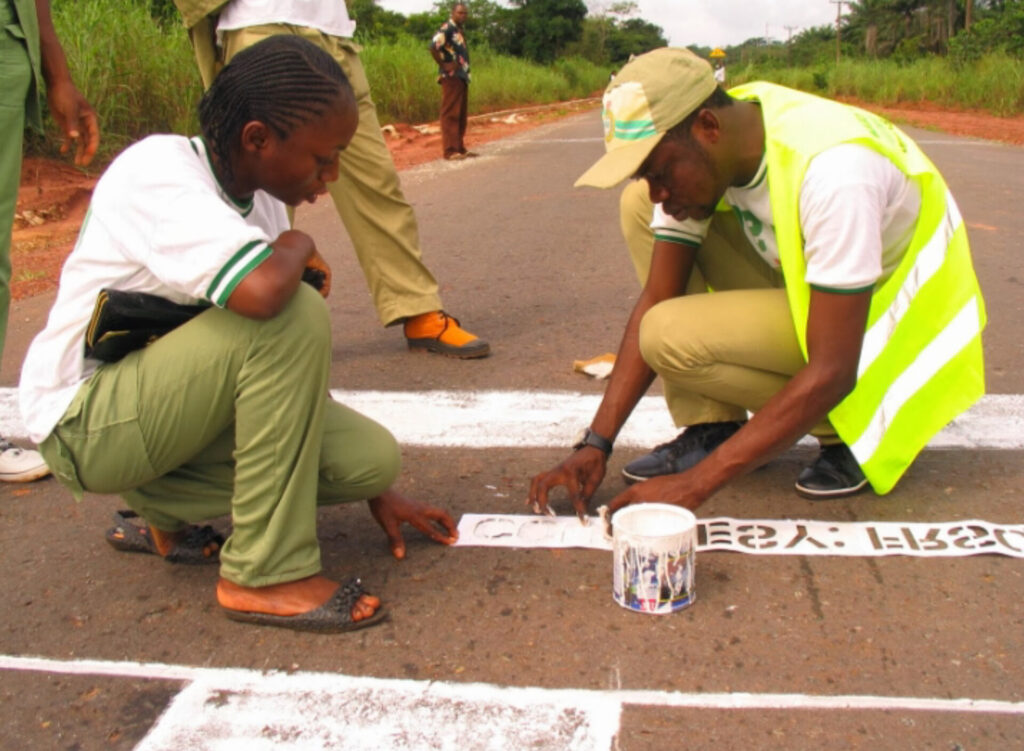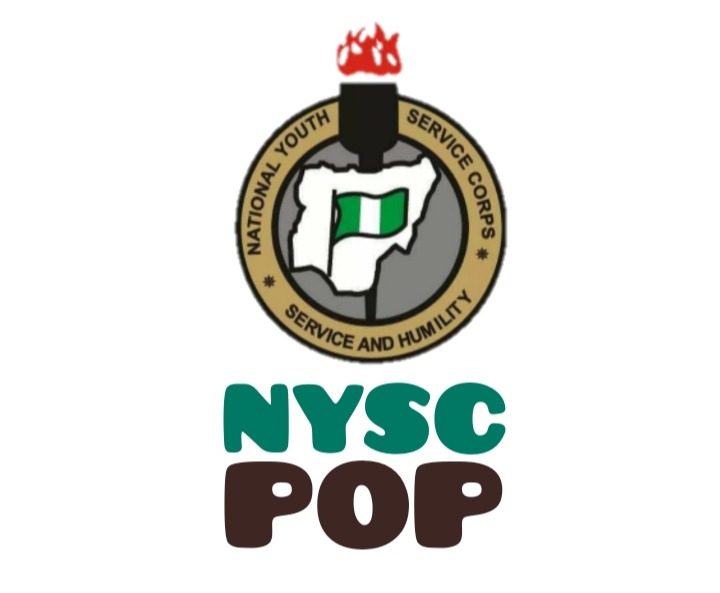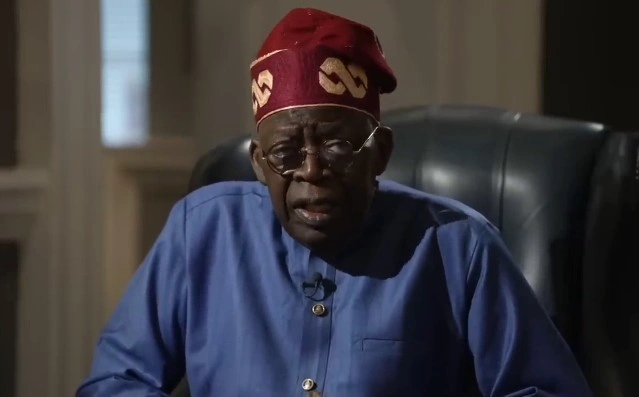Everything on NYSC CDS
If you’re a prospective corps member, the community development service (CDS) aspect of NYSC is something you can’t afford to be clueless about. And for current corps members, having a deep understanding of CDS goes beyond just ticking a box. This comprehensive guide will leave no stone unturned, quenching your thirst for knowledge on this crucial component of national service.

Let’s start with the basics – CDS stands for Community Development Service, a cardinal program where corps members roll up their sleeves and contribute positively to the development of their host communities throughout their service year. Simple enough, right? But there’s so much more to it.
Since its inception in 1973, the NYSC scheme has been a driving force behind Nigeria’s economic, political, and social transformation. It’s no longer news that the scheme has played a pivotal role in bridging the rural-urban development gap.
How, you ask? Through the various community development programs spearheaded by corps members, of course! From education and healthcare to agriculture, communication, infrastructure, technology, economic empowerment, poverty eradication, social services, and perhaps most importantly, national awareness and socio-cultural regeneration – the impact has been nothing short of revolutionary.
Objectives of NYSC CDS
But what exactly are the objectives behind CDS? Allow me to break it down for you:
- Exposing corps members to the diverse traditions and customs of their host communities, expanding their cultural horizons.
- Igniting the entrepreneurial spirit within corps members, planting the seeds for future business ventures.
- Leveraging the challenges of rural development to instill values like leadership, perseverance, selflessness, community service, national service, patriotism, and inventiveness in Nigerian youth.
- Encouraging the use of local raw materials in project implementation, reducing reliance on imported technology and promoting self-sufficiency.
- Adding value to national development efforts by equipping underprivileged communities with fundamental self-help skills using appropriate technology, as advocated by NYSC.
- Teaching corps members the value of hard work and productivity, invaluable lessons for life.
- Complementing government activities at all levels, fostering collaboration for nation-building.
- Harnessing the immense talents and skills of corps members as agents of effective change in rural communities.
Types of CDS
Now, let’s look at the classification of CDS into two distinct categories: group community development service (group CDS) and personal community development service (personal CDS).
Group CDS:
A Collaborative Effort
In group CDS, corps members band together, dedicating one day a week to activities that uplift their host community. This day is separate from their primary place of assignment, allowing them to focus solely on community development. Imagine a group of passionate individuals brainstorming, dividing into teams, and venturing out into markets, churches, schools, and more, actively engaging with the locals to understand their struggles and seeking out those in positions of authority to address the issues identified.
These corps members are divided into different groups, each with a specific mission tailored to the community’s needs. For instance, you might have the NDLA group, the charity group, the health group, and so on.
Personal CDS:
On the other hand, personal CDS projects are carried out by individual corps members based on the needs they’ve identified within the community. Don’t just stop at group efforts; NYSC encourages corps members to seek out areas where they can make a personal impact, in addition to their group CDS commitments.
These personal projects can take various forms, such as constructing toilets, boreholes, bridges, classrooms, or school playgrounds. Alternatively, you could focus on social or educational initiatives like establishing ICT labs, setting up school libraries, offering extracurricular lessons, running campaigns, engaging in philanthropic projects, or providing vocational training. The possibilities are endless, limited only by your imagination and the community’s needs.
And here’s the cherry on top: personal projects often attract awards from local, state, or federal governments, recognizing your outstanding efforts and contributions.
Project Selection
When it comes to selecting projects, there are two essential factors to consider:
- The SMART test for project management: Ensure your project is Specific (well-defined), Measurable (visible results upon completion), Achievable (within your capabilities), Rewarding (merits the effort), and Timely (adheres to a reasonable completion timeline).
- The community’s felt needs: Imagine giving someone vitamin-c to cure a headache – it just doesn’t make sense, does it? Similarly, carrying out a community development project that doesn’t address the community’s felt needs is a futile and meaningless effort. Always consult with CDS Schedule officers and Zonal/Local Government Inspectors for guidance, as they have their fingers on the pulse of the community’s true needs.
Execution
Now that you understand the importance of project selection, look at the step-by-step process for executing a personal CDS project:
- Interact with community stakeholders to identify their felt needs.
- Identify sources of funds for the project.
- Prepare an operational proposal with the guidance of Local Government and Zonal Inspectors.
- Obtain approval from the NYSC Secretariat after consulting with zone and local government inspectors.
- Mobilize resources in consultation with community members, community councils, government and non-governmental organizations, and non-profit philanthropists. (Note: Corps members are strictly prohibited from writing letters to the government, parastatals, and private organizations without going through the State Coordinator. Additionally, corps members are not allowed to solicit funds from their families or relatives, no matter how wealthy they may be. All funds must come from within the host community.)
- Ensure open communication with all stakeholders involved in the project’s implementation, fostering collaboration between corps members and the community.
- Execute the project.
- Submit progress reports every two months, complete with supporting documents and pictorial evidence.
- Upon completion, submit a final report to the NYSC State Secretariat.
- Commission and hand over the project to the community.
- Provide feedback to all individuals and organizations that donated towards the project’s execution.
Involving the community in the decision-making process is crucial, as it ultimately leads to the project’s sustainability and fosters a sense of community ownership, even after the corps member’s departure.
Approval Criteria
Before embarking on a personal CDS project, it’s essential to ensure it meets the following criteria:
i) Period of Project Execution: All CDS projects must be completed within the service year. You cannot complete a project as an ex-corps member.
ii) Source of Funding: Funds should be sourced from the communities, individuals, and organizations within the state of service. Under no circumstances should corps members fund the CDS project with their allowances or money from parents/relatives.
iii) Proposal Submission: A written proposal must be forwarded by the corps member and addressed to the State Coordinator through the Local and Zonal Inspectors.
iv) Project Importance: The proposal must clearly state the project’s importance to the community.
v) Location and Accessibility: Projects should not be executed in disputed areas and must be accessible to members of the host community. For instance, a corps member should not drill a borehole in a king or chief’s compound; instead, such projects should be carried out in public spaces where everyone can access them.
vi) Sustainability and Benefits: The proposal must outline the project’s reliability and benefits to the community after the corps member’s departure.
Frequently Asked Questions
To wrap things up, let’s address some frequently asked questions about CDS:
- Can a corps member belong to more than one CDS group?
No. Each corps member must be fully committed to their assigned group and ensure maximum participation in their activities for optimal output. - Should a corps member’s individual CDS project commitment interfere with their primary assignment?
Absolutely not. Personal CDS activities should be carried out during the corps member’s spare time and must not interfere with their official responsibilities at their place of primary assignment or group CDS activities. - Is it automatic to receive an award for carrying out a personal CDS project?
No, receiving an award is not a guarantee. The main objective of every CDS project is to contribute to society’s well-being, leaving behind a legacy worthy of emulation. While awards are sometimes given, they should not be the primary motivation. - Should a corps member get approval before embarking on a personal CDS project?
Yes, absolutely. To ensure proper documentation and supervision, a proposal must be submitted and approved by the relevant authorities before project implementation can begin. - As a corps member, what’s in it for me when carrying out personal CDS projects?
The sense of self-fulfillment that comes with adding value to people’s lives and communities is priceless and cannot be measured in monetary terms. Additionally, the immense appreciation shown by communities and project beneficiaries, coupled with the project management skills acquired, is invaluable for committed corps members executing CDS projects during their service year.
Conclusion
Community development service is the third cardinal program of the NYSC, and it should be taken seriously. Failure to pass this stage could cost you your discharge certificate or lead to service extension. But beyond that, CDS offers a unique opportunity for self-discovery, harnessing your potential, and making a tangible impact on your host community – an impact that will leave you with a profound sense of self-fulfillment that transcends monetary value. Embrace the challenge, seize the opportunity, and let your mark on the world be one of service, dedication, and lasting change.






